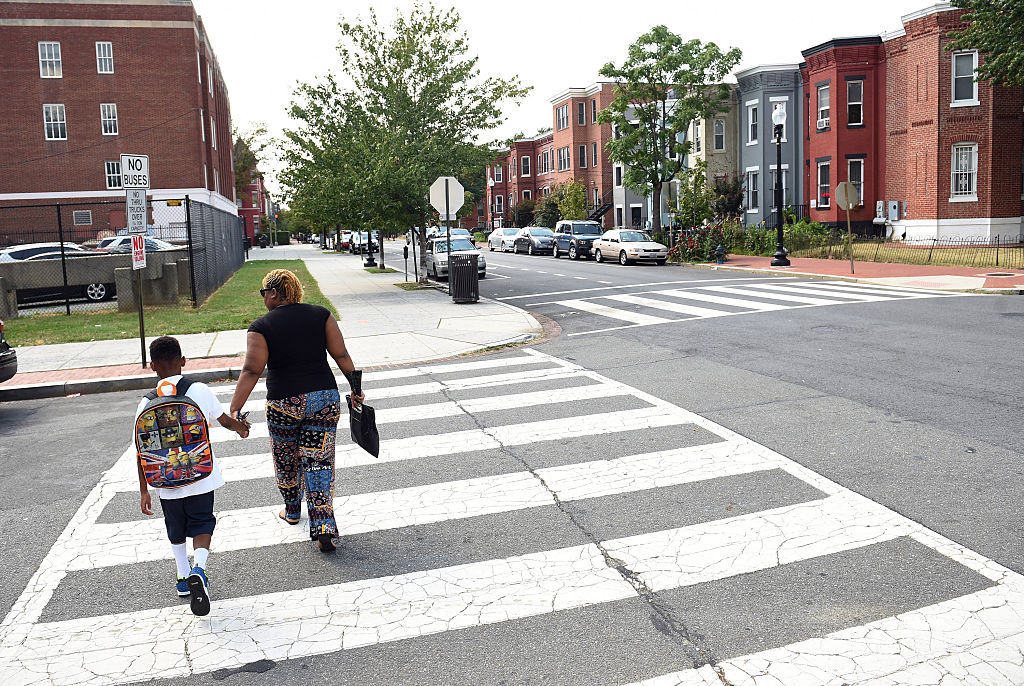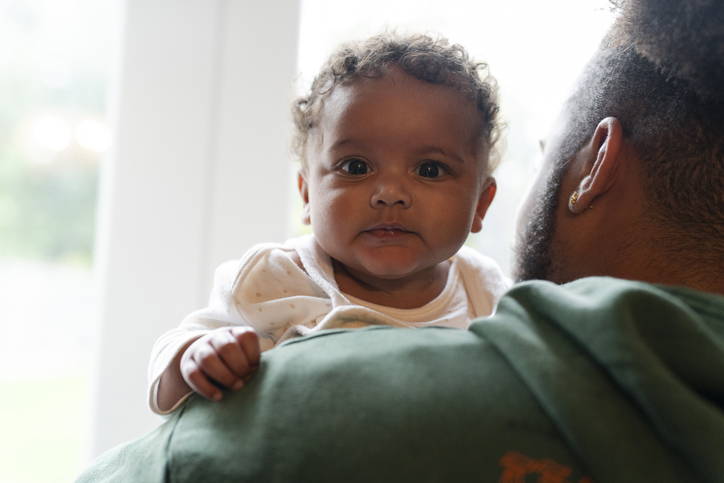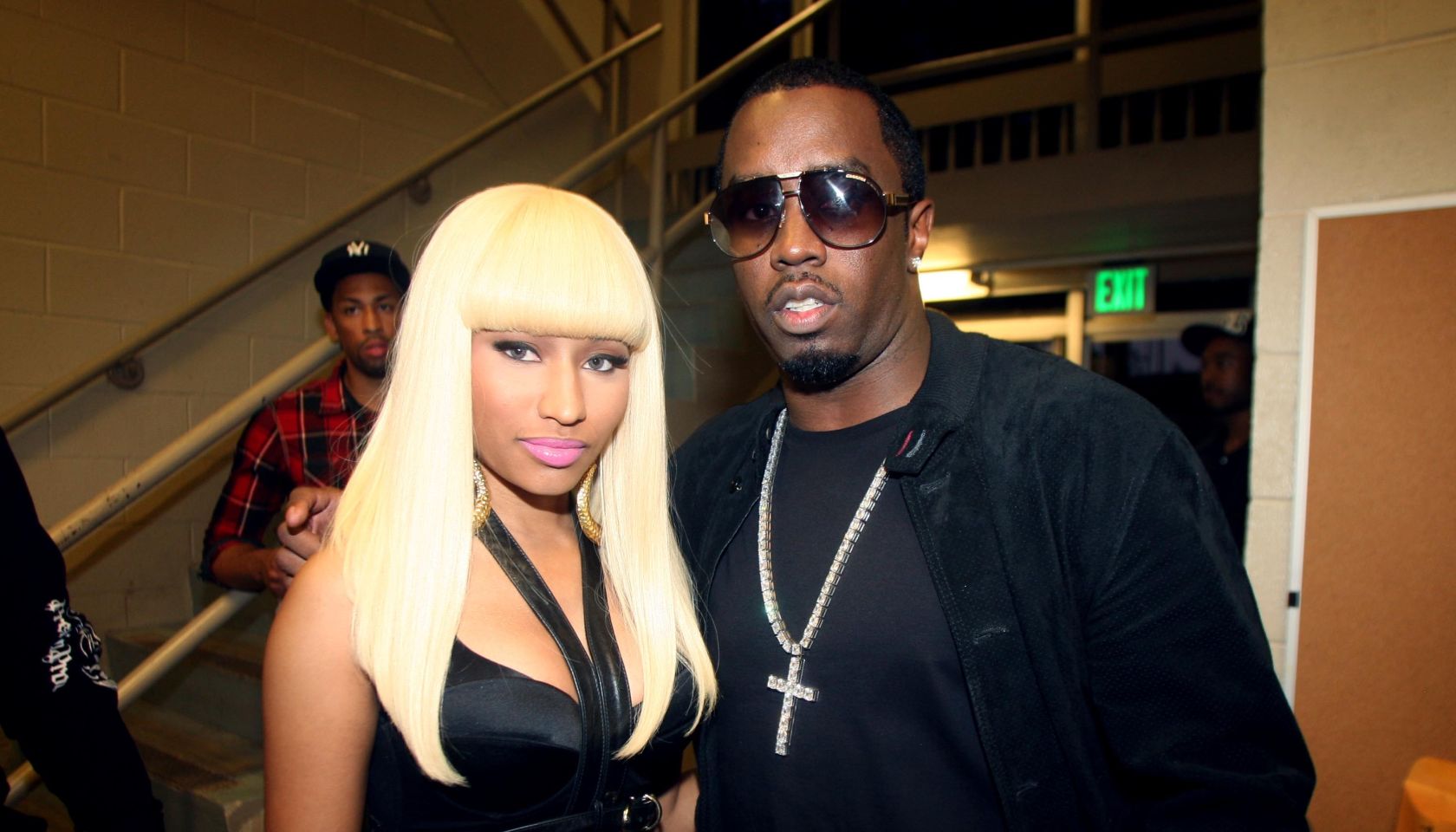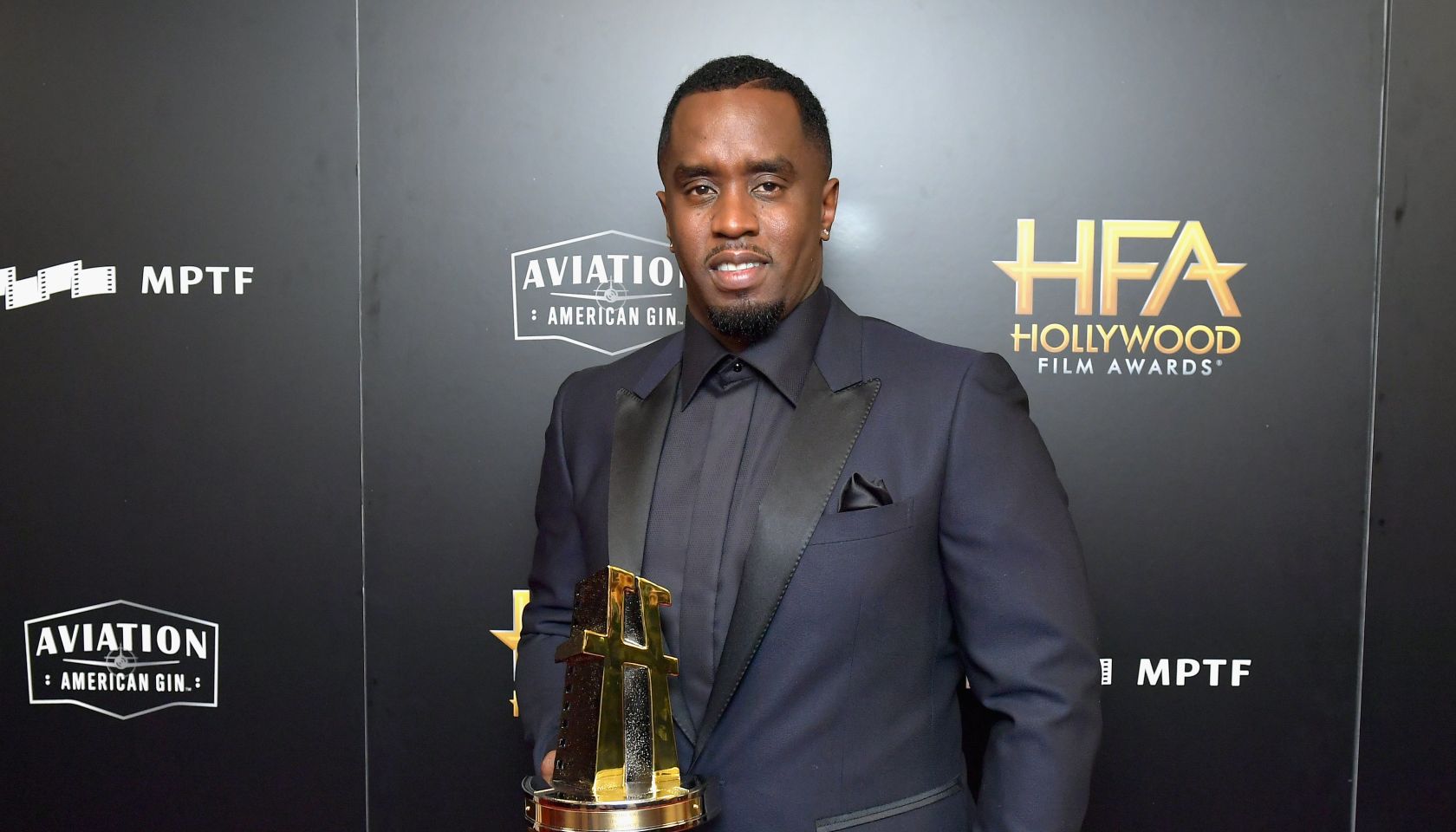Meet The Neighbors: Gentrification, Sharing Black Spaces With Whites
Is Sharing Black Spaces With White Gentrifiers Really Feasible?
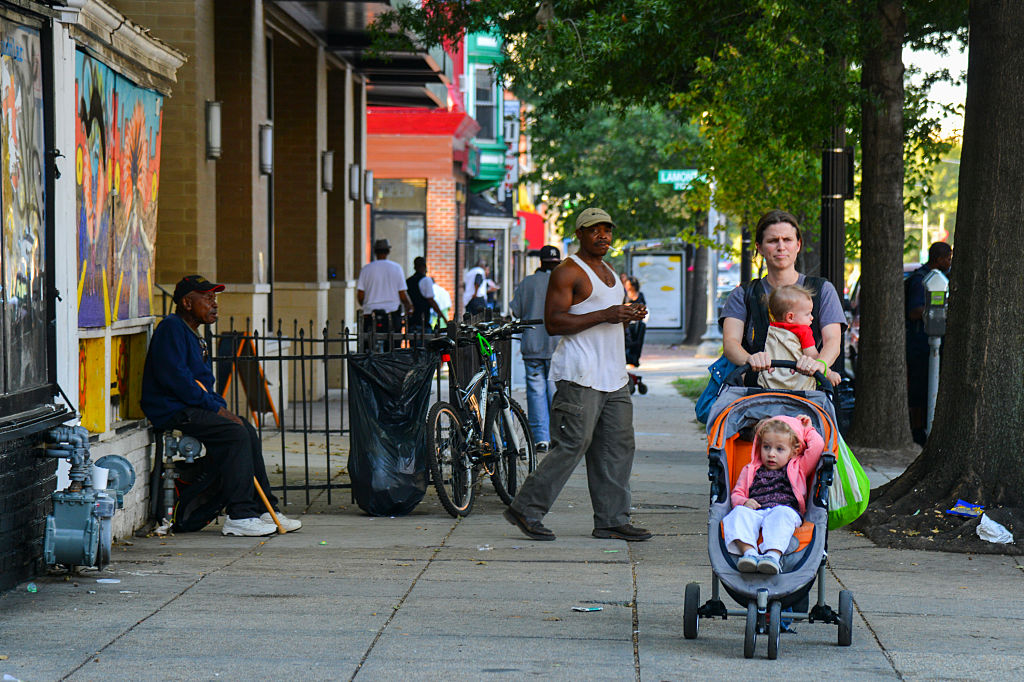
Source: The Washington Post / Getty
As undaunted white folks continue moving into Black communities in a gentrifying trend showing no signs of slowing down across the entire country, one question begs to be answered: Is it possible for Black residents to amicably share their spaces with the new wealthier white neighbors and still retain the community’s culture?
Tensions have been high in historically Black neighborhoods in Washington, D.C., being overtaken by gentrification at a faster rate than anywhere else in the U.S. Most recently, Howard banned local residents from walking their dogs on campus after students complained about their new white neighbors coming to The Yard, a cultural landmark at the historically Black college, for all the wrong reasons. One white man who said he lived nearby even suggested incredulously that the campus, which has been in its same locations for more than 150 years, relocate if the school didn’t want to accommodate the new residents’ desire to let their dogs poop anywhere.
“Our Commencement Ceremony is the ultimate long walk that symbolizes a sacred tradition,” Howard President Wayne A. I. Frederick wrote in a statement. “The Howard University community wants to see this area remain pristine and symbolic of all that Howard University represents.”
That episode followed protests after gentrifiers tried to silence the city’s signature Go-Go music that blared religiously from speakers at Metro PCS after a resident in one of the newly built upscale condos across the street complained of the noise level.
Howard students and alumni have spoken out about the controversy, showing that the problem is deeper than people walking their dogs.
“When I attended Howard, the neighborhood was predominantly African American,” Jessica Mortime, a 2009 graduate, told Bustle recently. “So it’s been a dynamic shift as gentrification continues to hit the Shaw district. Generally when you move into a neighborhood, you respect the norms and the culture of what’s happening around you. And I think that we live now in a world where people just don’t care.”
A current student complained of the high-end restaurants popping up around the neighborhood that she said have not only been expensive but also unwelcoming.
“There was a burger place literally down the street from my dorm that up and left really fast because they couldn’t afford to pay [rent] anymore, and now they’ve been replaced by this very expensive restaurant,” film major Maya McCollum said. “When you walk in you feel like they’re staring at you because they don’t think you’re able to afford it or able to be in that area.”
McCollum also mentioned the increase in policing in the area, which she attributes to the city accommodating the new residents.
The Black population in the nation’s capital also known as Chocolate City has been steadily decreasing for decades, shrinking from 538,000 in 1970 to 309,000 in 2010. Conversely, Meanwhile, the white population has grown over that same time.
The metropolitan D.C. area was listed as having the 9th most expensive cost of living in the U.S., according to USA Today. As the city’s neighborhoods become whiter, Black residents will likely be faced with the same limited options as those in New York and San Francisco, where gentrification is off the meter: Stay and learn to share those same historical spaces with your new neighbors, who have in many cases ignored the culture they inherit, or flee to more affordable pastures, which are becoming increasingly rarer.
SEE ALSO:
Gentrification Displaces D.C.’s Longtime Black Residents
The Racist Methods That Allow Gentrification To Thrive In New York City
